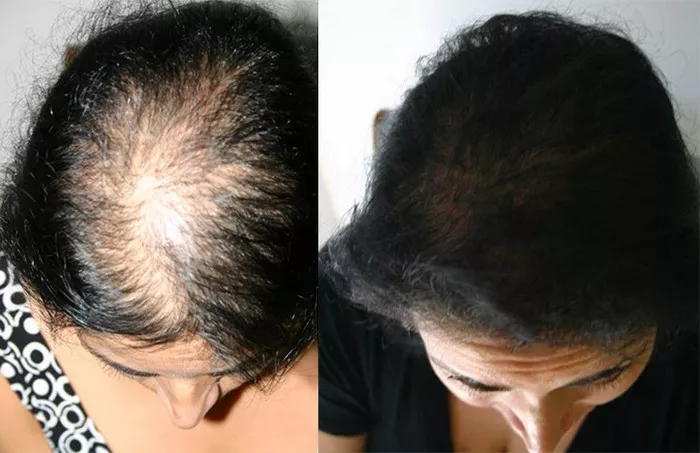Hair transplant procedures have revolutionized the field of hair restoration, providing a solution for those seeking to regain a full head of hair. However, some individuals may be concerned about the appearance of scars resulting from the procedure. The good news is that advancements in medical technology offer various options for scar removal or reduction. In this article, we’ll delve into the topic of hair transplant scars and explore the possibilities for improving their appearance.
Understanding Hair Transplant Scars
Hair transplant scars are the result of surgical procedures that involve harvesting hair follicles from one area of the body (donor site) and transplanting them to areas with thinning or baldness. The scars’ appearance depends on the technique used—Follicular Unit Transplantation (FUT) often leaves a linear scar, while Follicular Unit Extraction (FUE) leaves small, circular scars. Skilled surgeons minimize scarring through precise techniques, but scarring is an inevitable aspect of hair transplantation. Postoperative care, proper wound healing, and individual factors influence scar visibility. Advanced methods like trichophytic closure in FUT or careful graft extraction in FUE aim to reduce scarring.
How big is the scar from a hair transplant?
The size of a scar from a hair transplant depends on the technique used and individual factors. In Follicular Unit Transplantation (FUT), where a strip of donor scalp is removed, the scar can vary but is typically around 1-2 mm in width. Skilled surgeons use advanced closure techniques to make FUT scars less noticeable. In Follicular Unit Extraction (FUE), small circular scars from individual graft extractions can be as small as 0.8-1 mm in diameter. These scars are scattered and less noticeable, especially with longer hair coverage. Expert surgical techniques aim to minimize scarring for natural-looking results.
Options for Scar Removal or Reduction:
Here are some ways to help you remove or reduce scarring:
1. Scar Revision Surgery:
Scar revision surgery involves removing the existing scar tissue and re-closing the incision with meticulous care. This procedure aims to create a finer, less noticeable scar. However, complete scar removal is not always possible.
2. Laser Therapy:
Laser treatments, such as fractional laser therapy, can help improve the appearance of scars by promoting collagen production and smoothing the skin’s texture. This option is particularly effective for reducing the visibility of scars over time.
3. Microneedling:
Microneedling involves using a device with fine needles to create controlled micro-injuries in the skin. This stimulates collagen production and can help soften the appearance of scars over several sessions.
4. Platelet-Rich Plasma (PRP) Therapy:
PRP therapy involves using a concentrated solution of platelets derived from your own blood to promote healing and tissue regeneration. It can be combined with other treatments to enhance scar reduction.
5. Topical Treatments:
Certain topical treatments, such as silicone-based scar gels or sheets, can help flatten and soften scars over time. These products are non-invasive and can be used as part of your scar reduction regimen.
Considerations for Scar Removal:
There are also some things to be aware of when removing scars:
1. Consultation with a Specialist:
Before pursuing scar removal options, consult with a board-certified dermatologist or plastic surgeon. They can assess your scar’s characteristics and recommend the most suitable treatments for your specific case.
2. Realistic Expectations:
While scar removal techniques can significantly improve the appearance of scars, complete scar removal is not always achievable. Aim for improvement rather than complete elimination.
3. Individual Variability:
Scar response varies among individuals. Factors such as skin type, scar type, and overall health influence the success of scar removal treatments.
4. Treatment Timelines:
Many scar removal techniques require multiple sessions for optimal results. Be prepared for a gradual improvement over several months.
See Also: The Best Hair Transplant Clinic in India: A Definitive Guide
Conclusion:
If you’re concerned about hair transplant scars, know that various scar removal or reduction options are available. From scar revision surgery to non-invasive treatments like laser therapy and microneedling, there are solutions to help improve the appearance of scars and enhance your overall confidence.
Before embarking on a scar removal journey, consult with a qualified specialist to discuss your goals and determine the best course of action. By taking a proactive approach and exploring suitable treatments, you can achieve smoother, more natural-looking skin and enjoy the results of your hair transplant procedure with renewed self-assurance.


